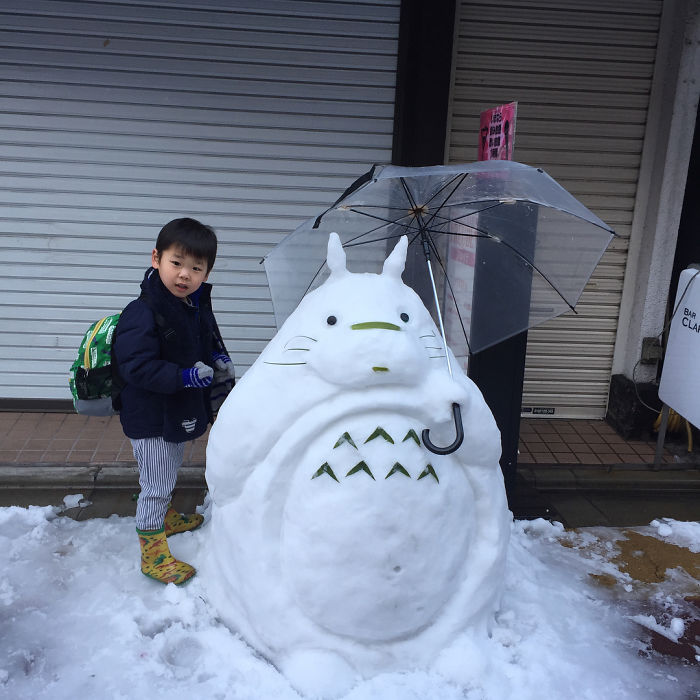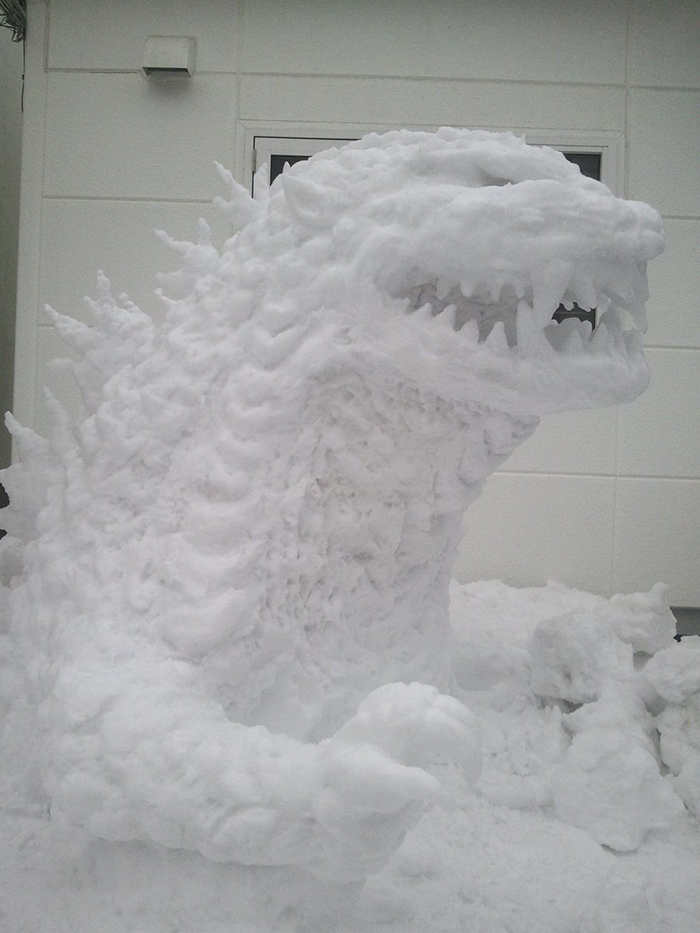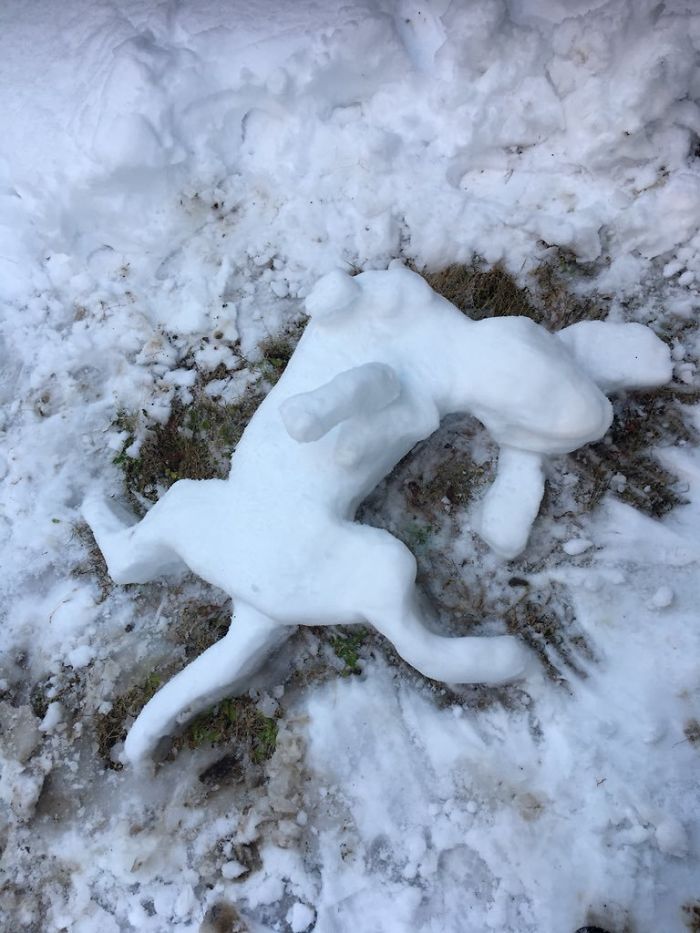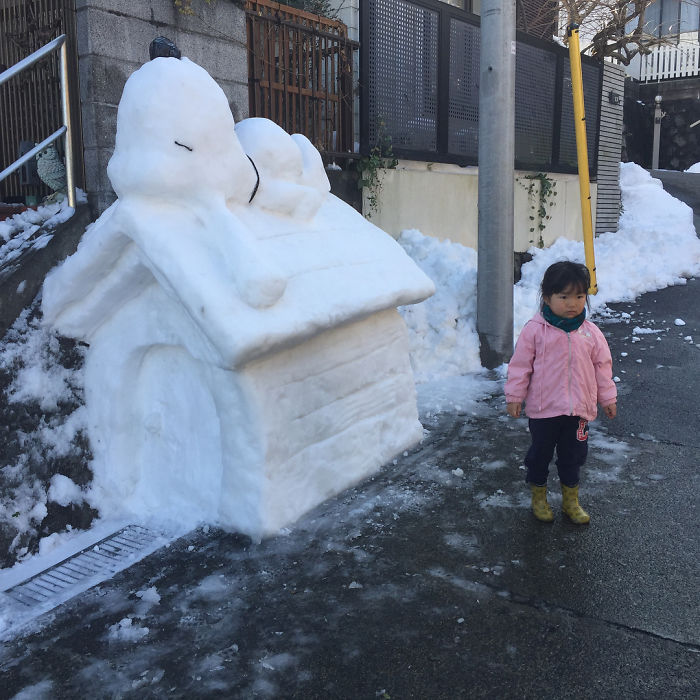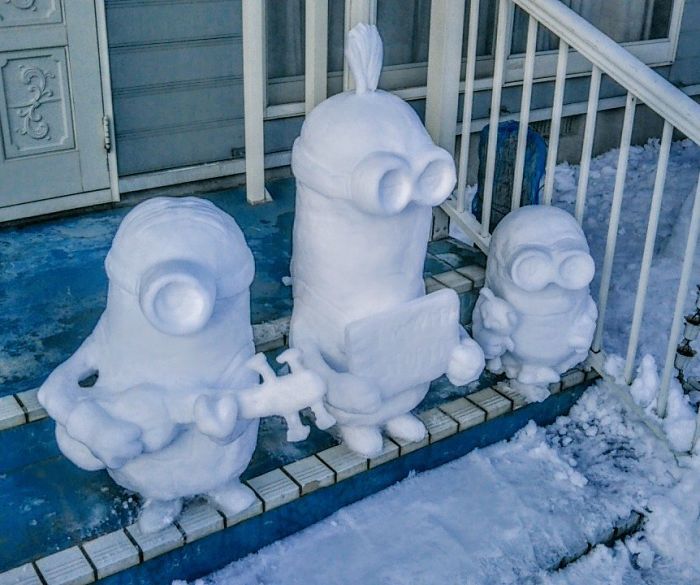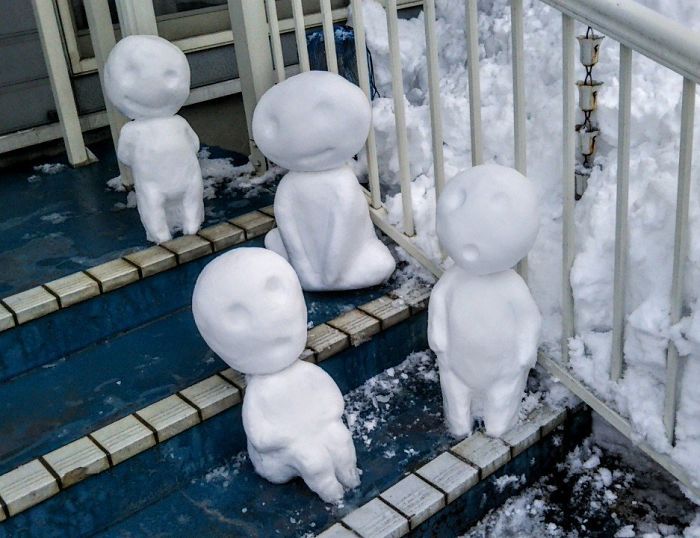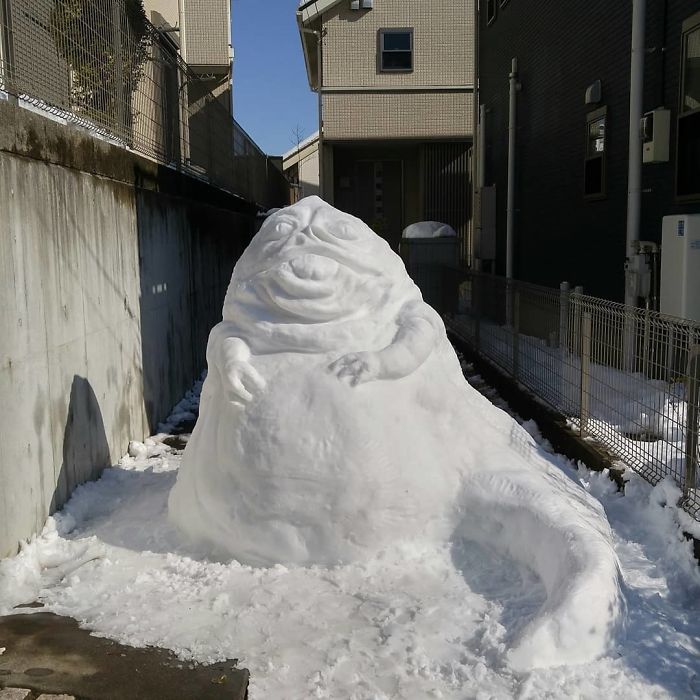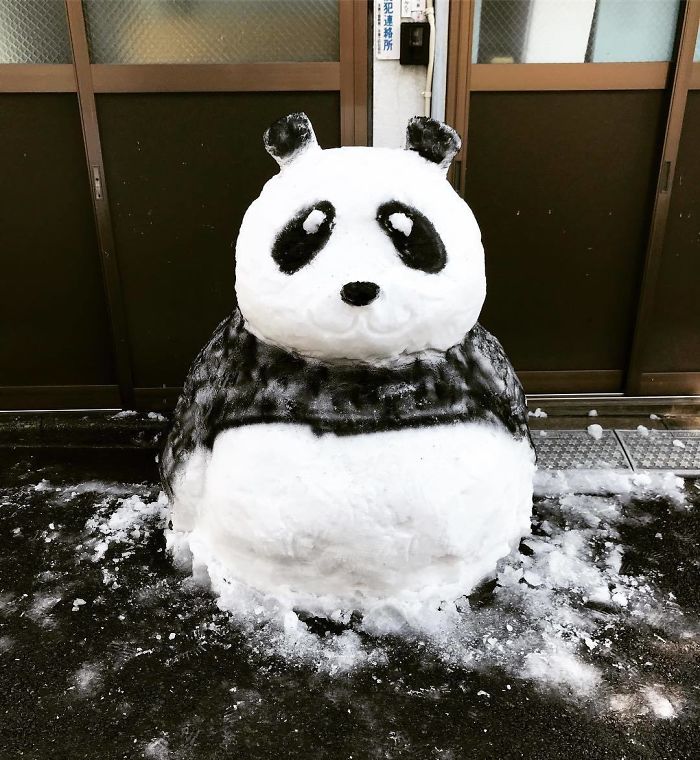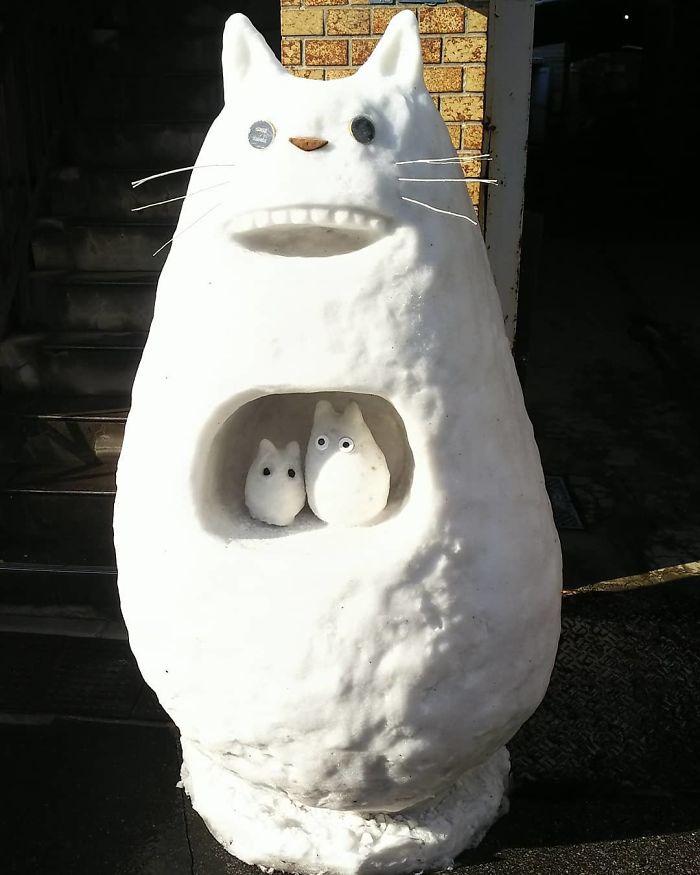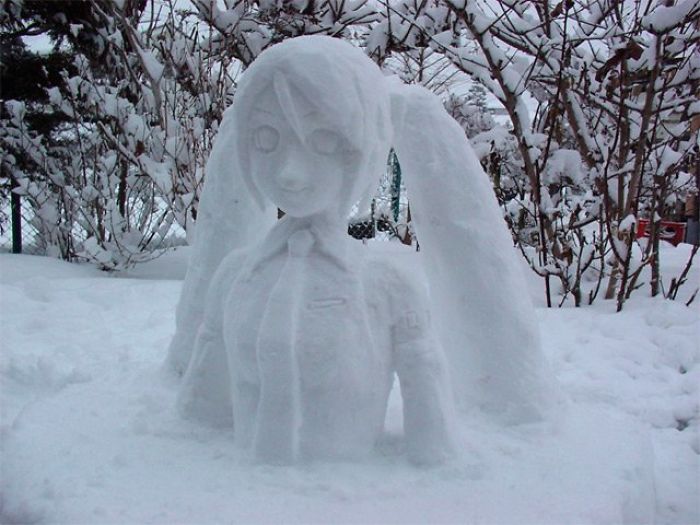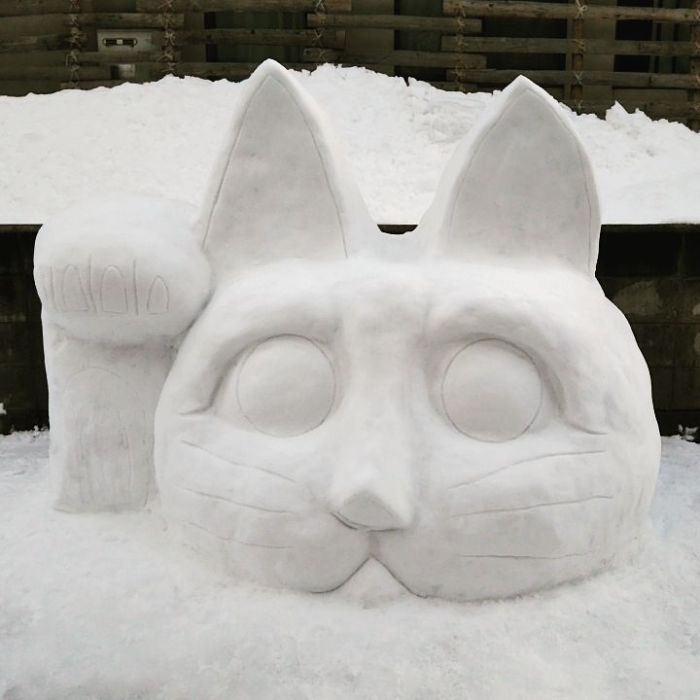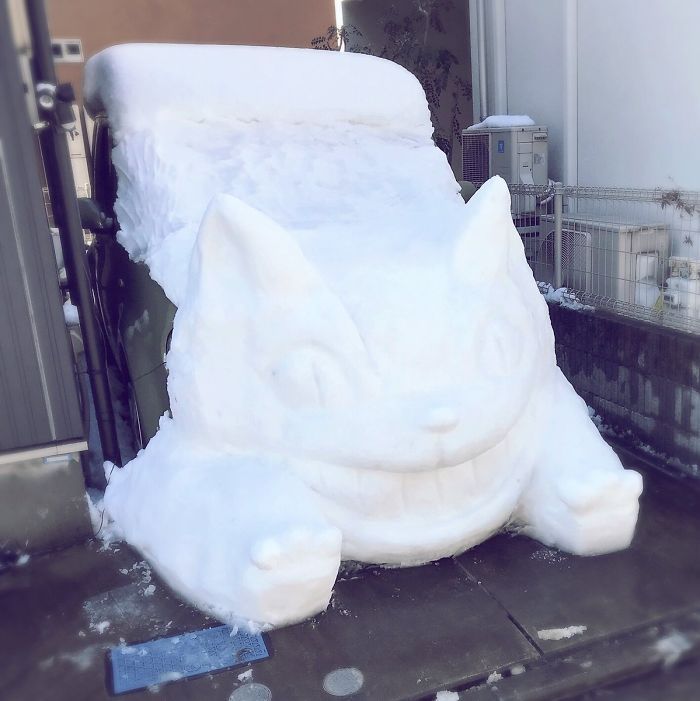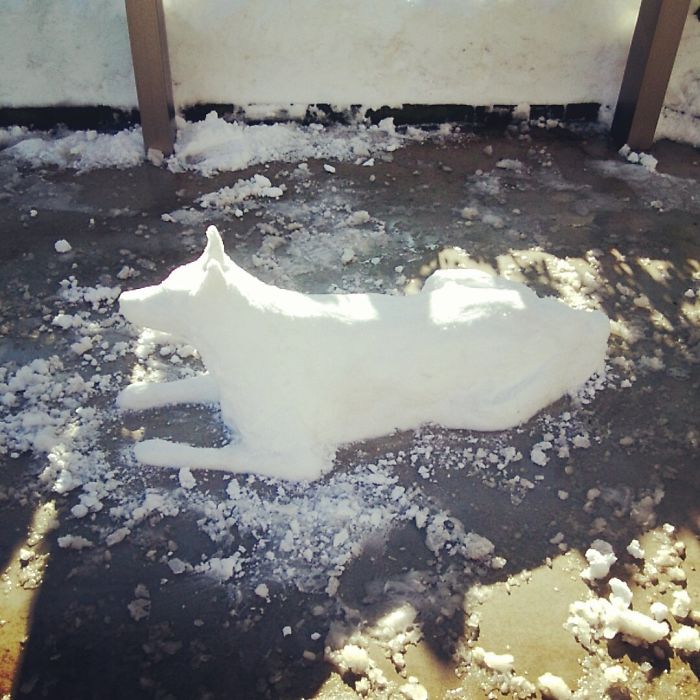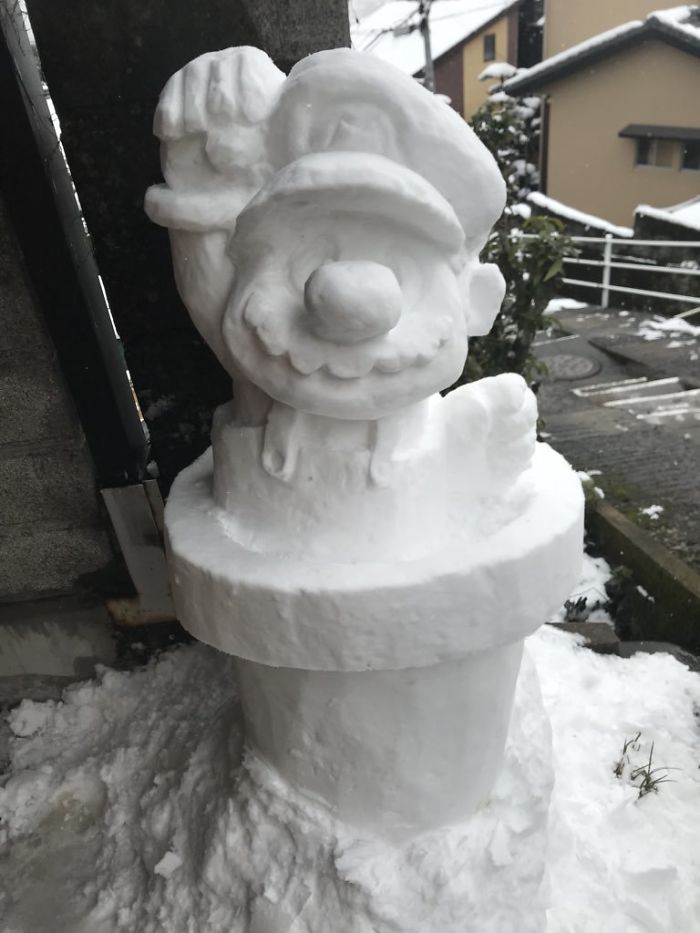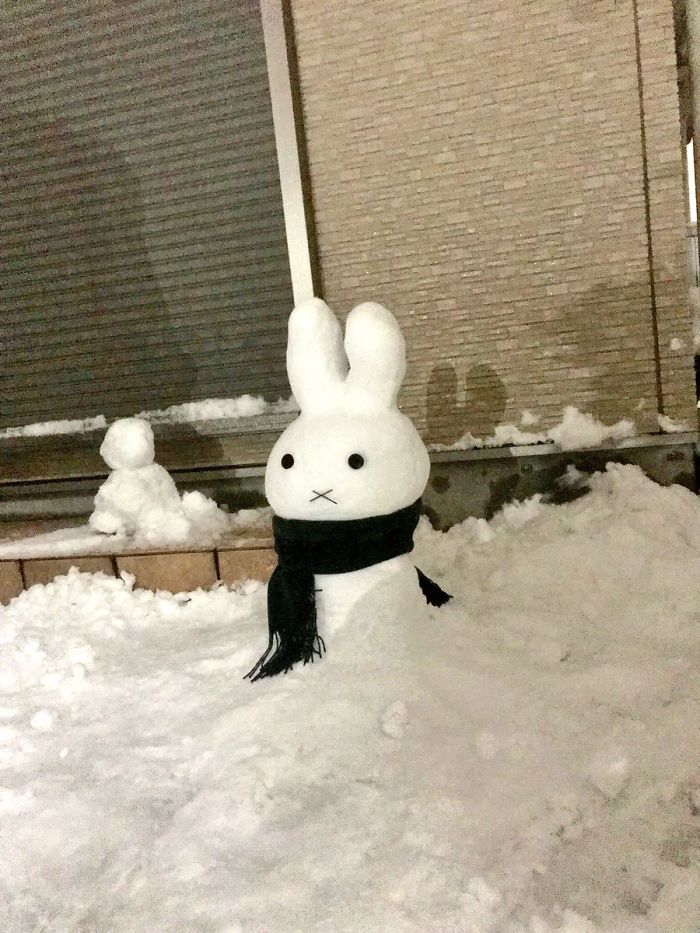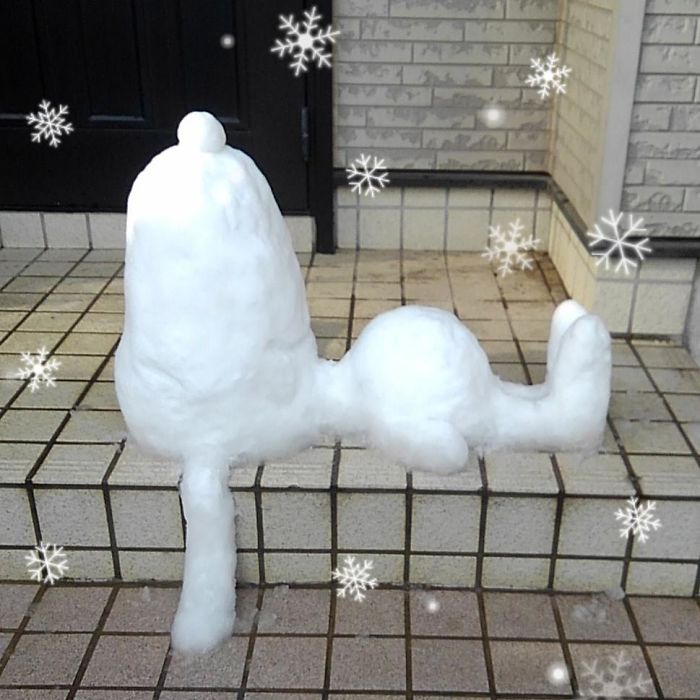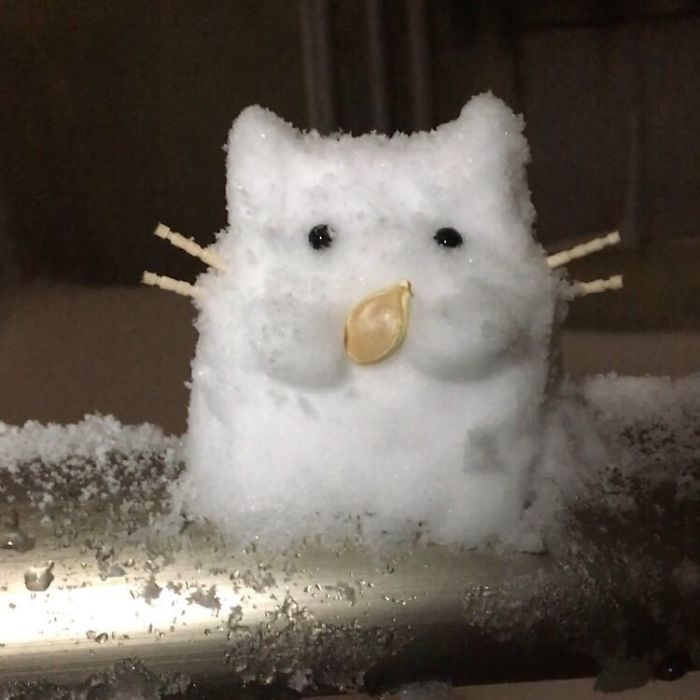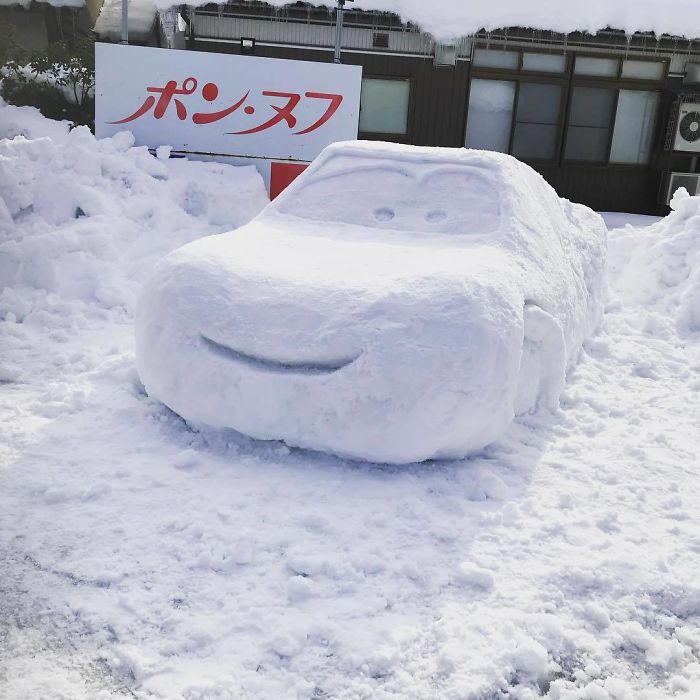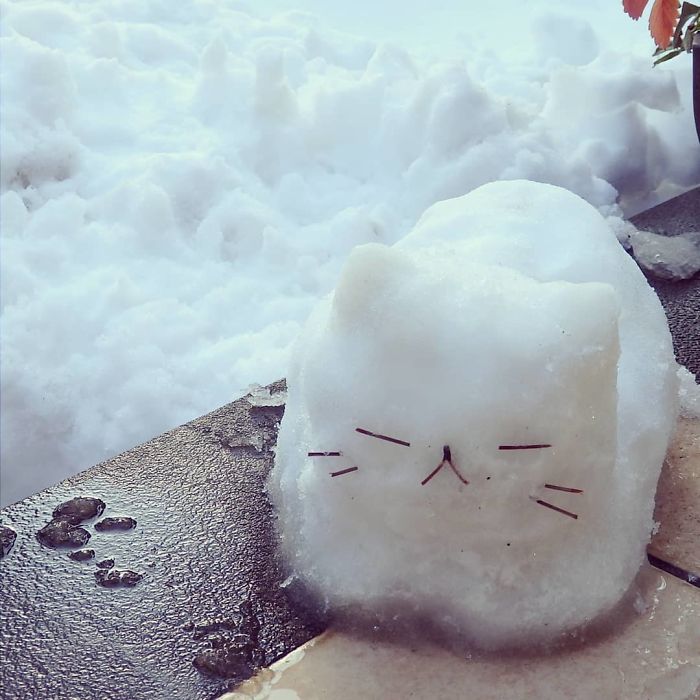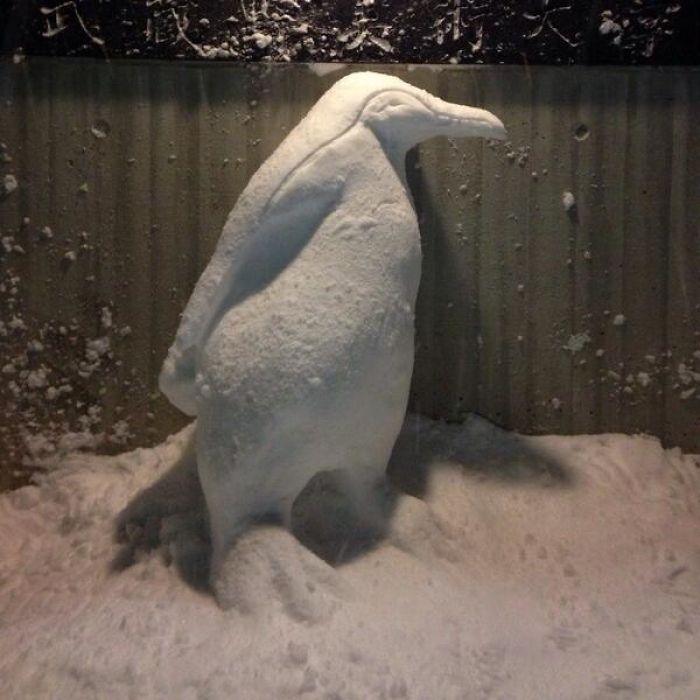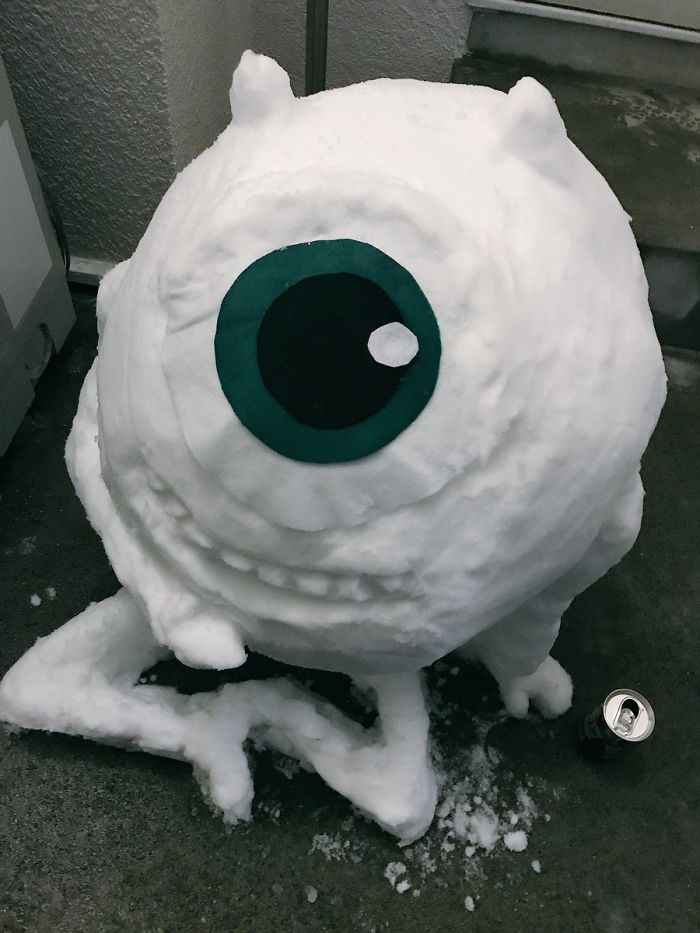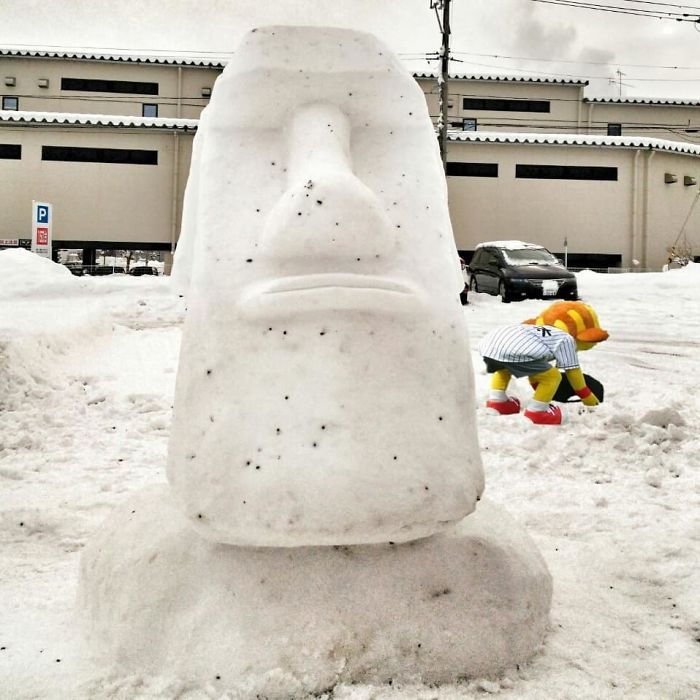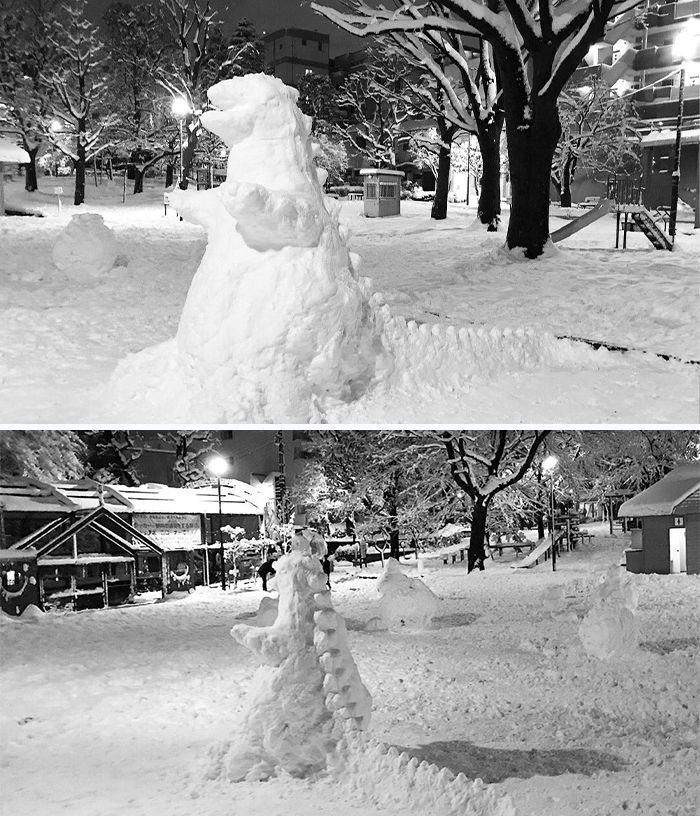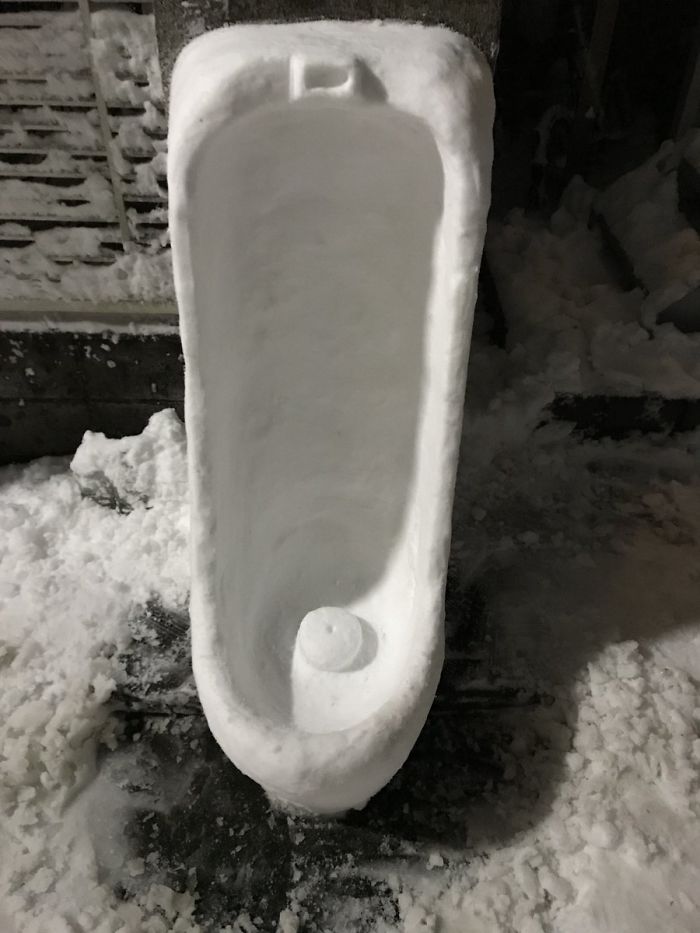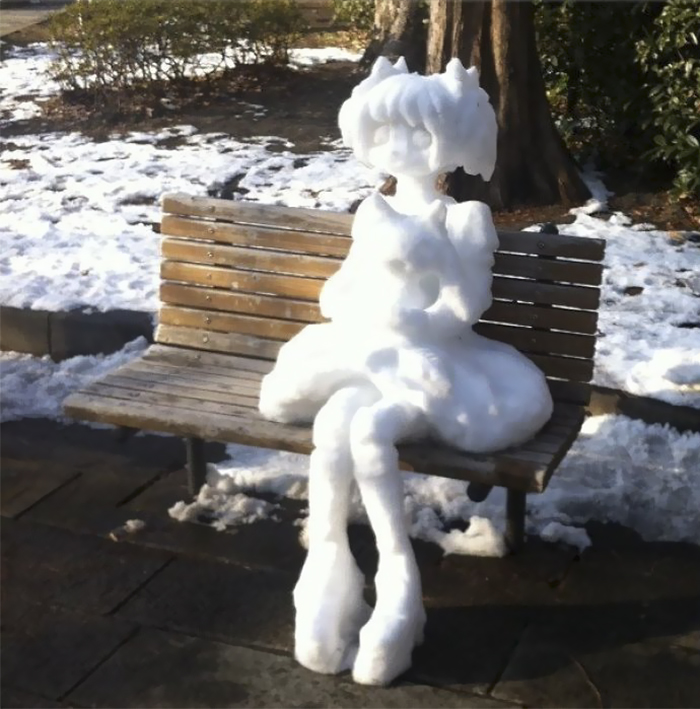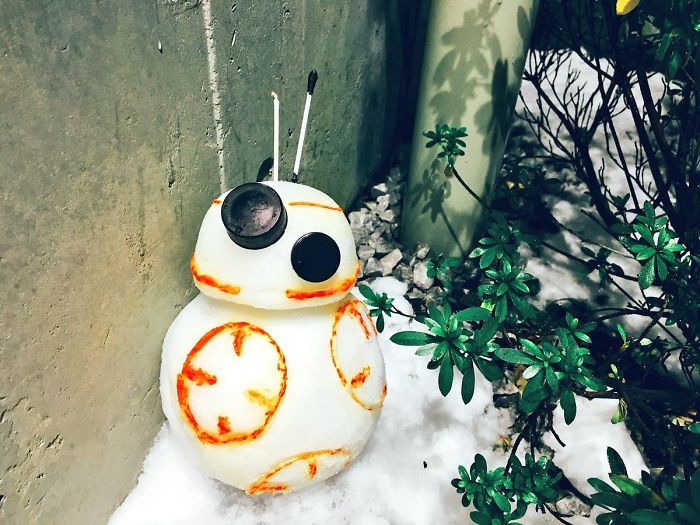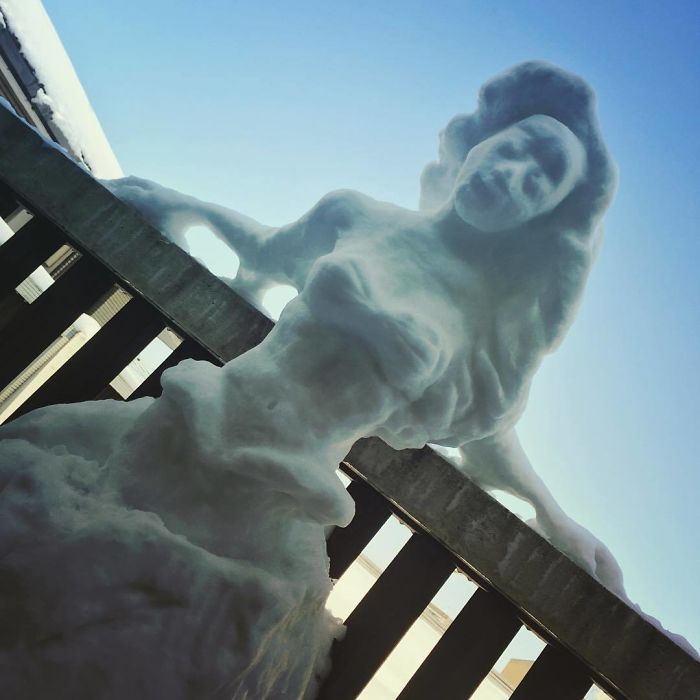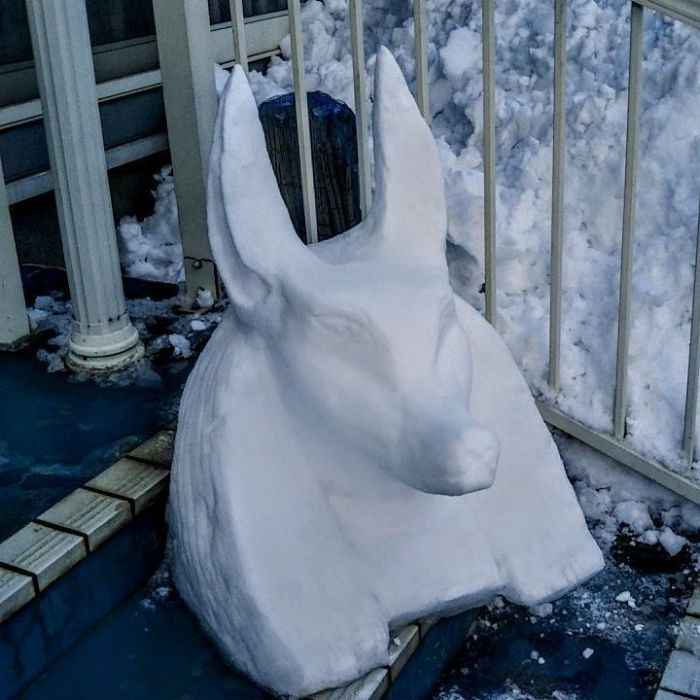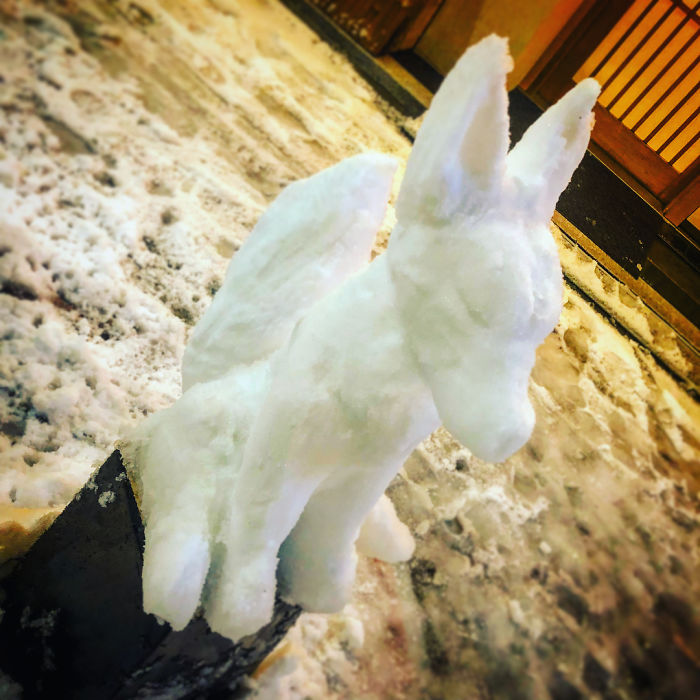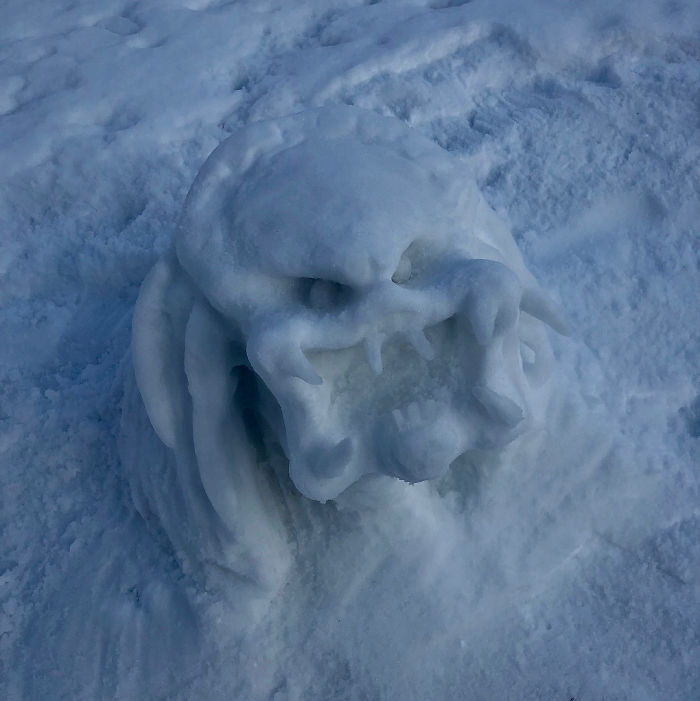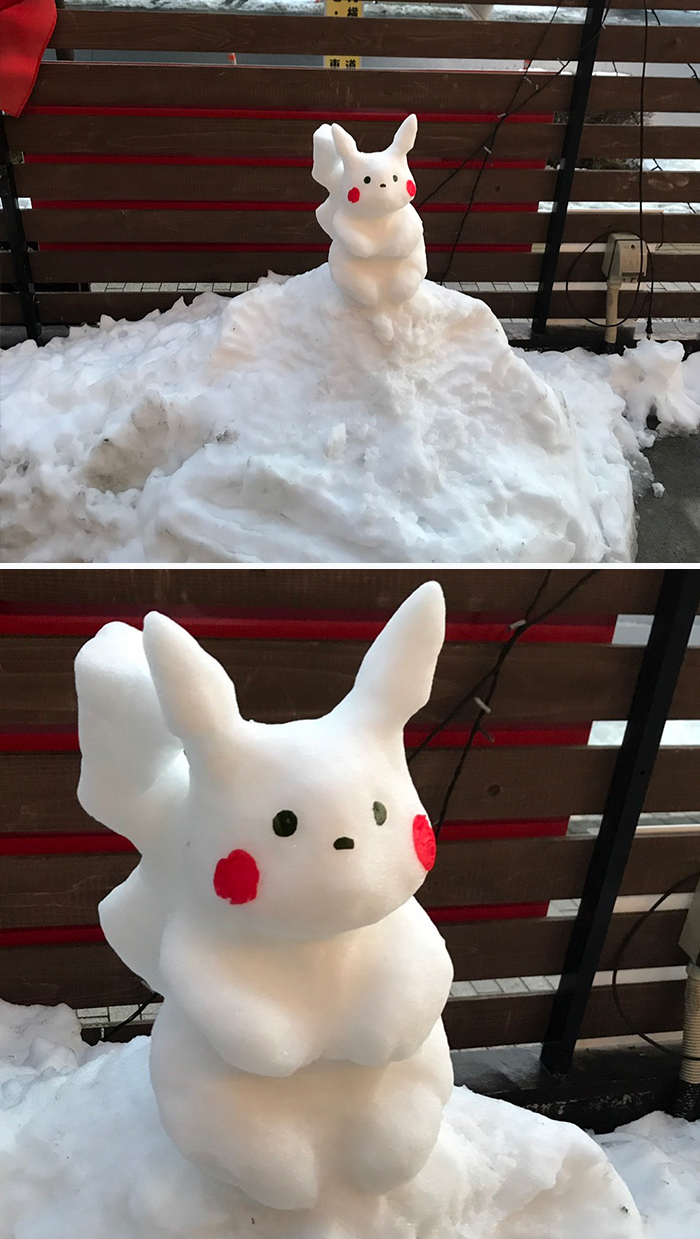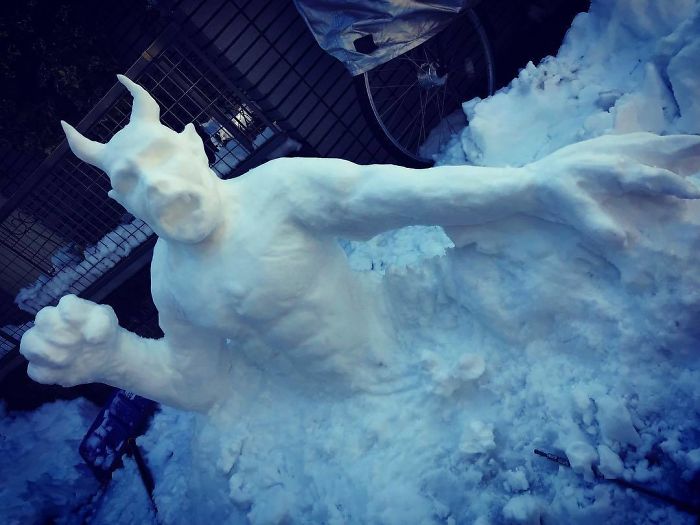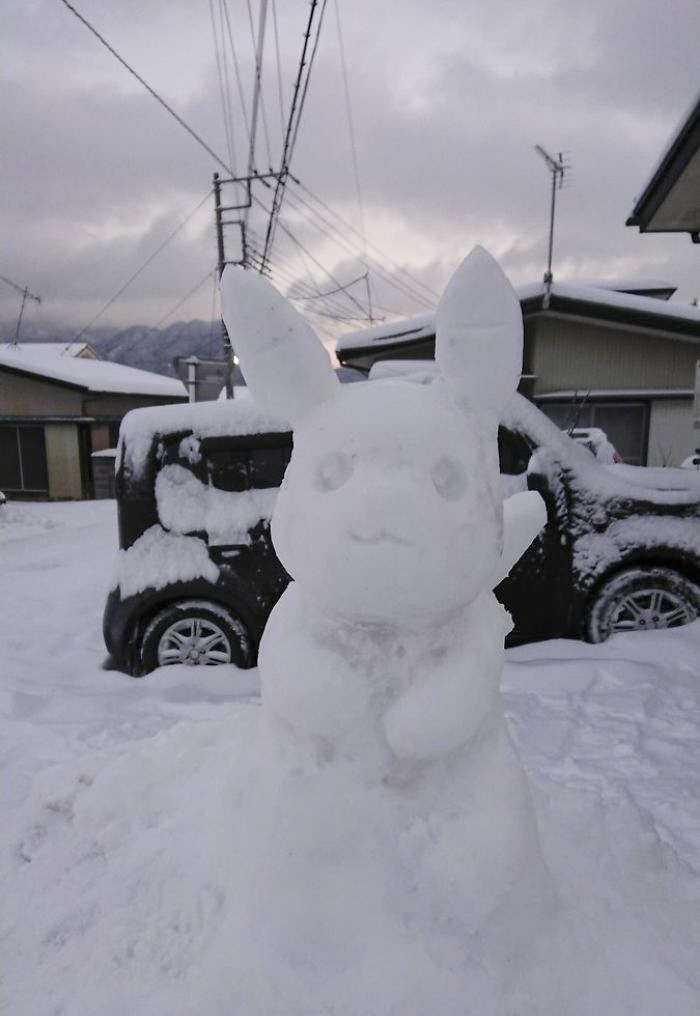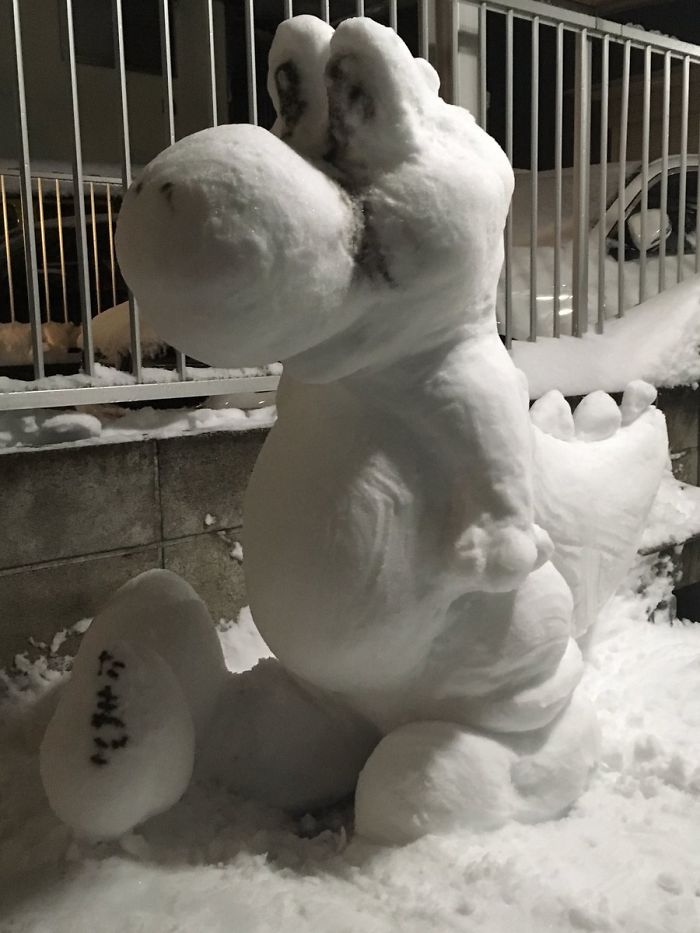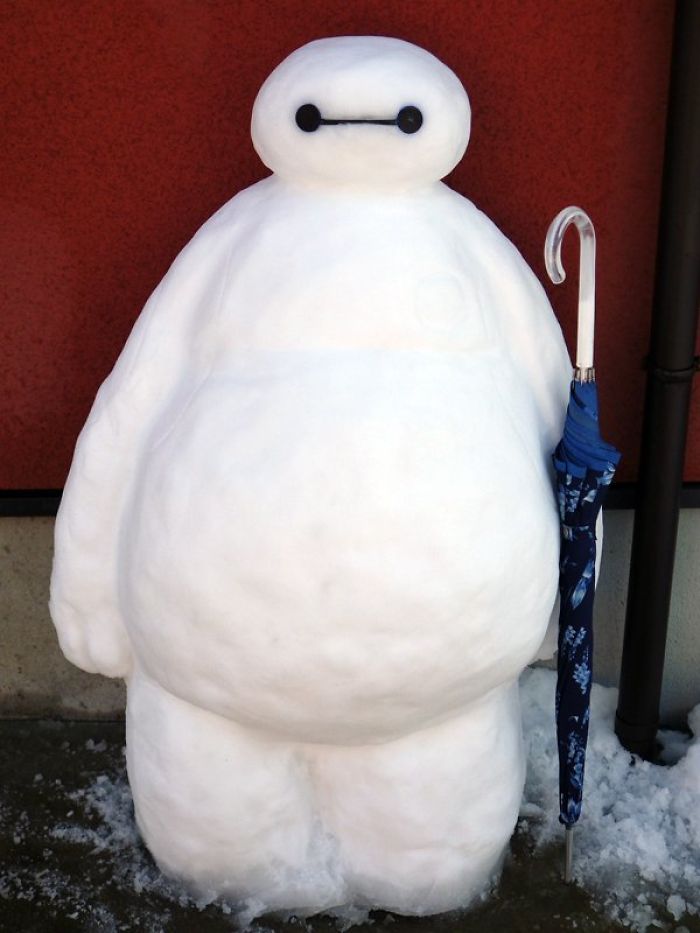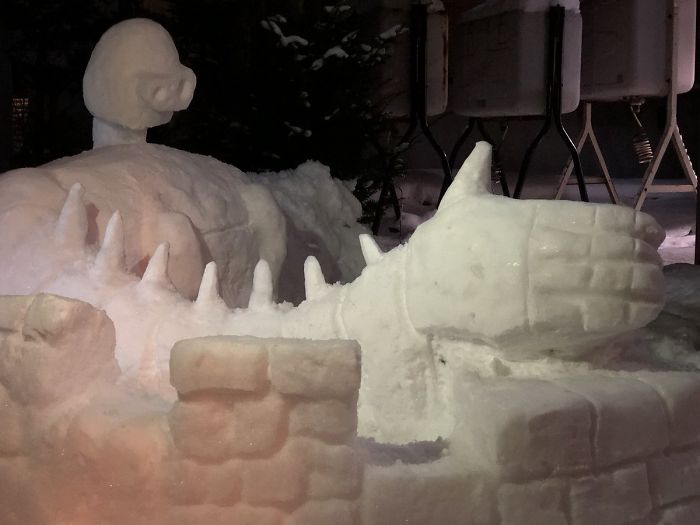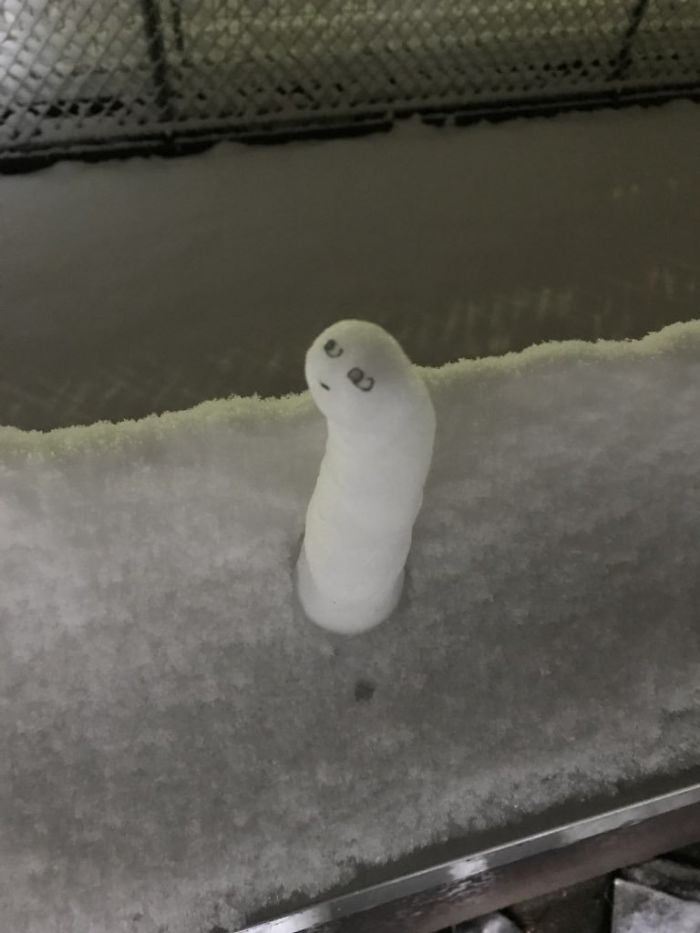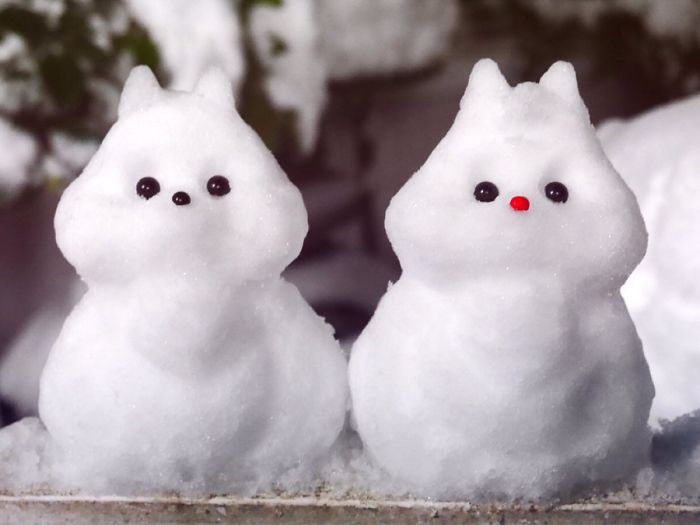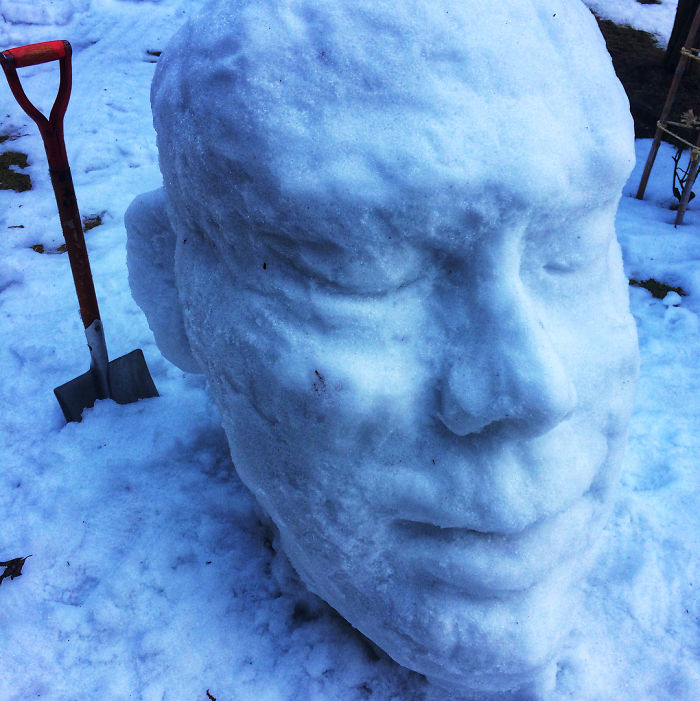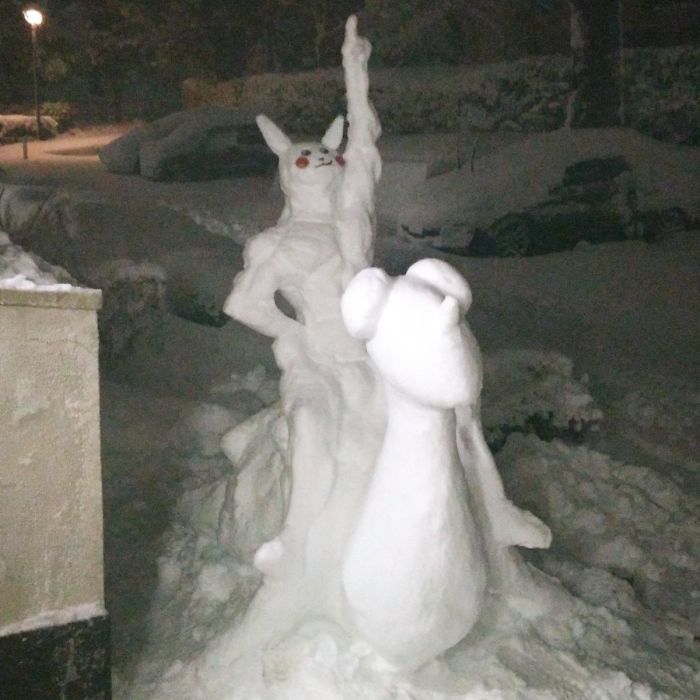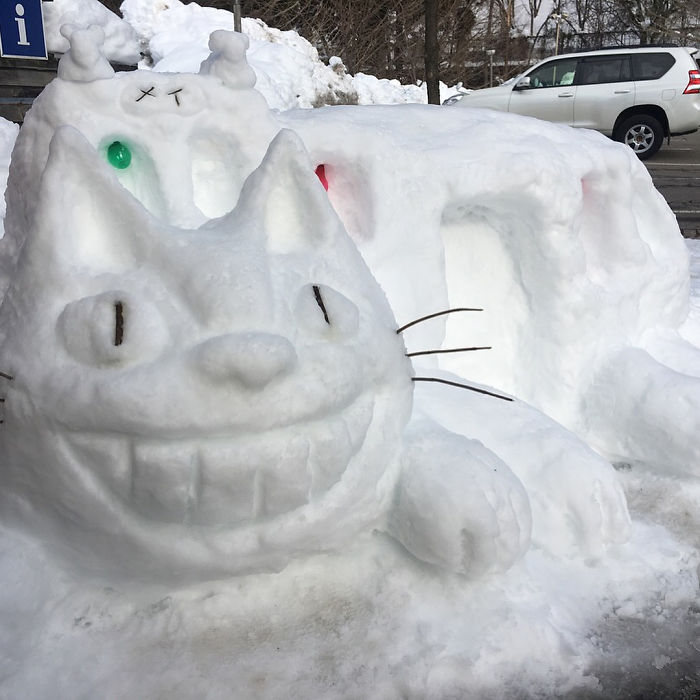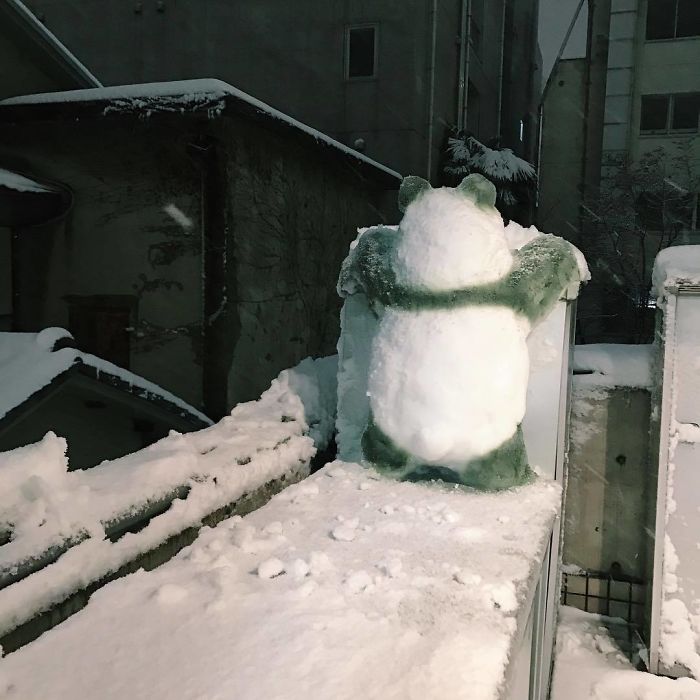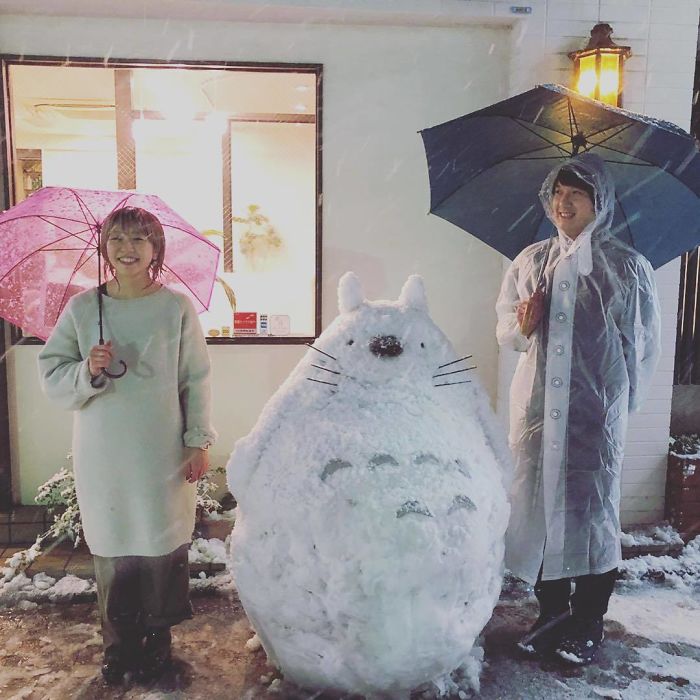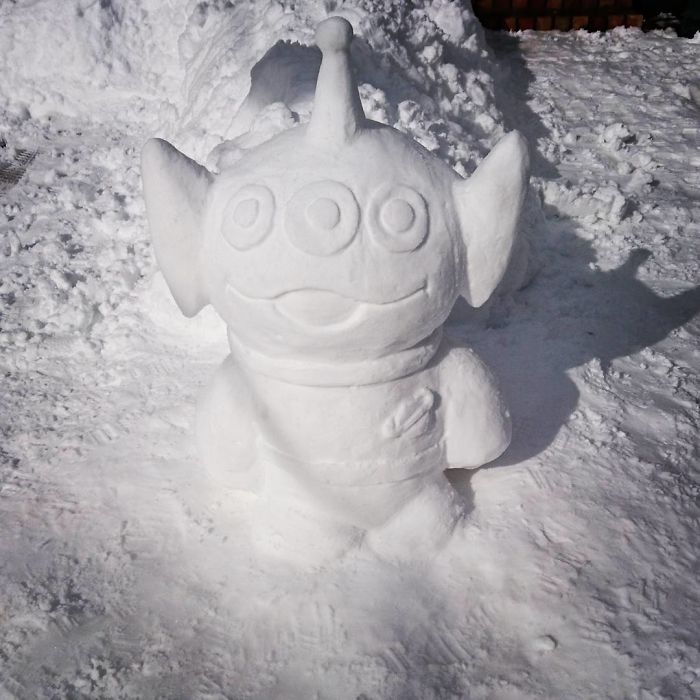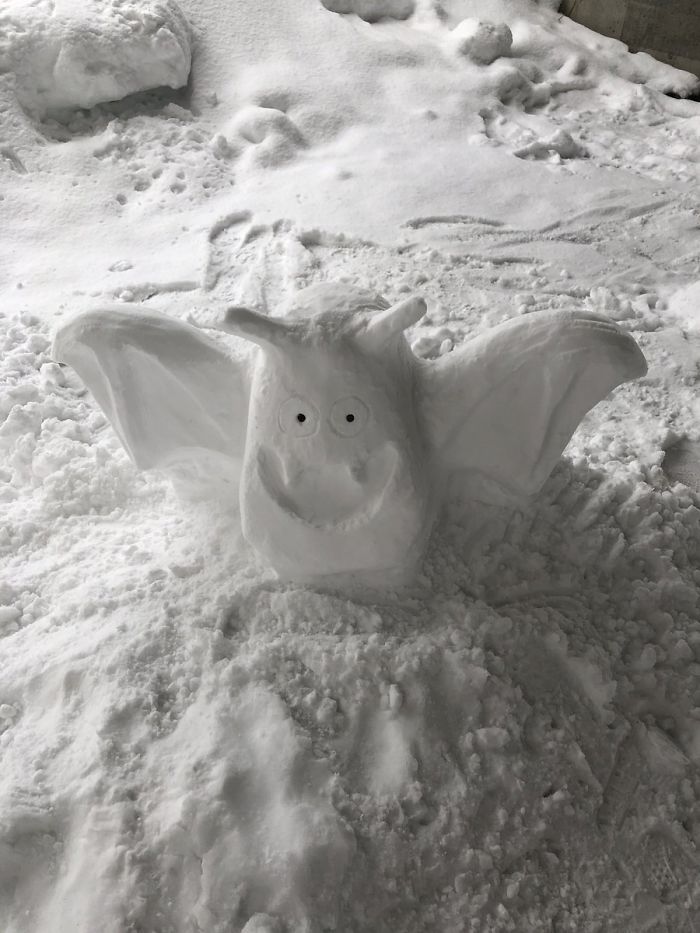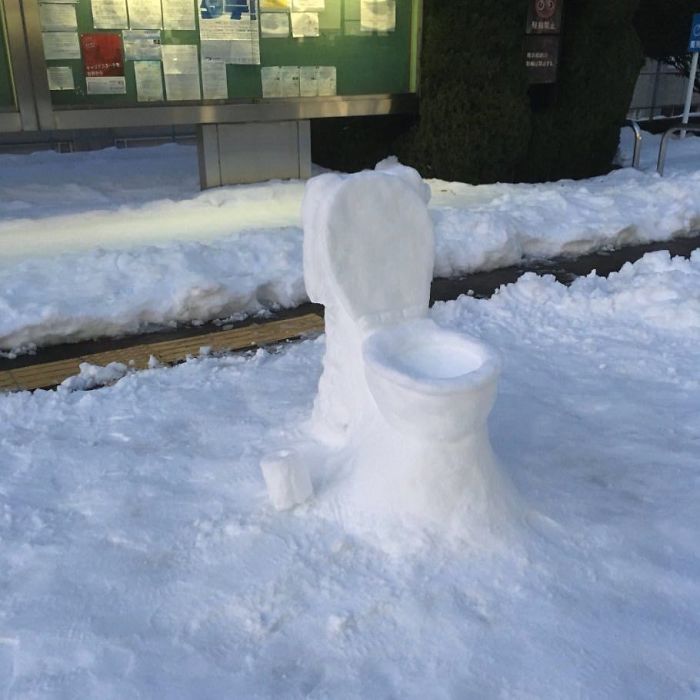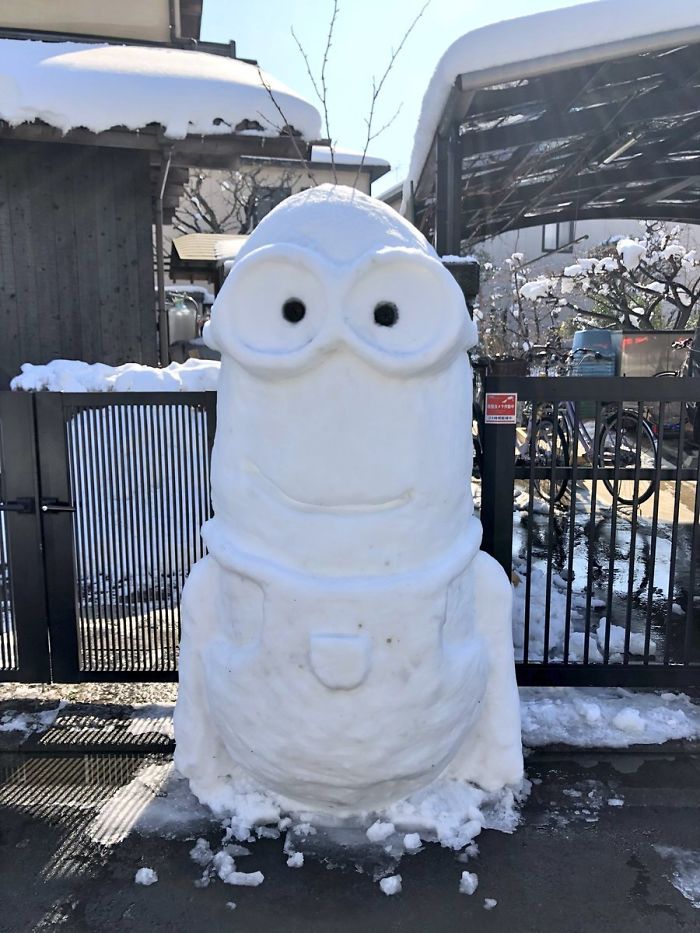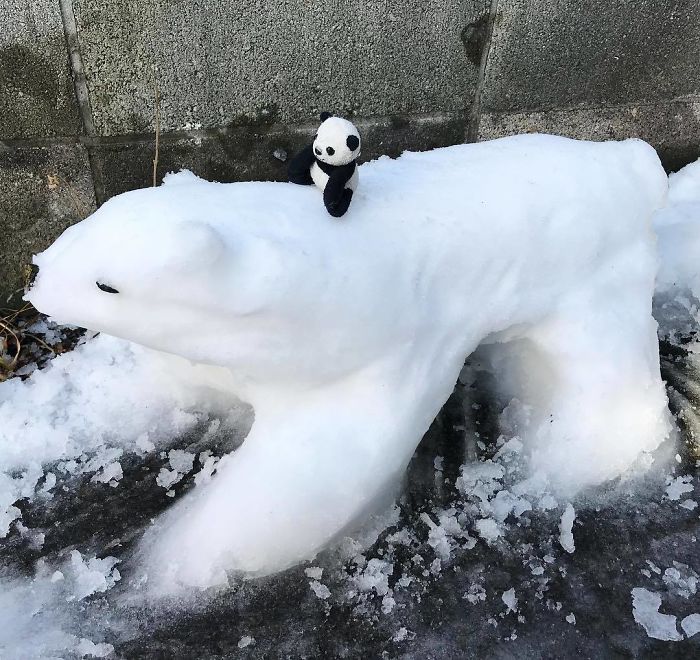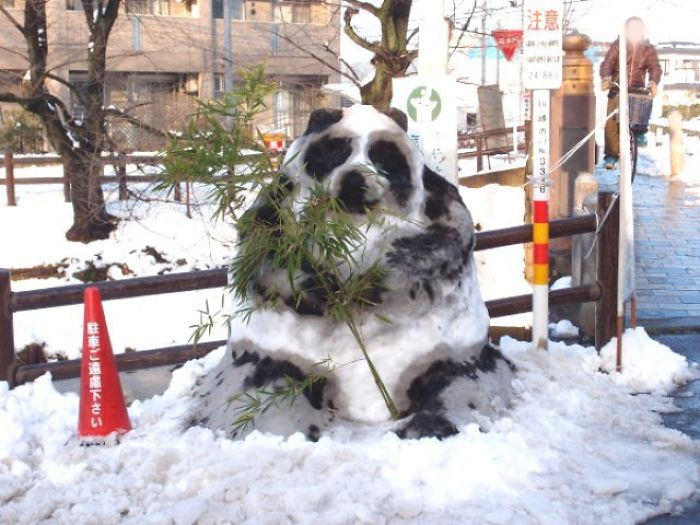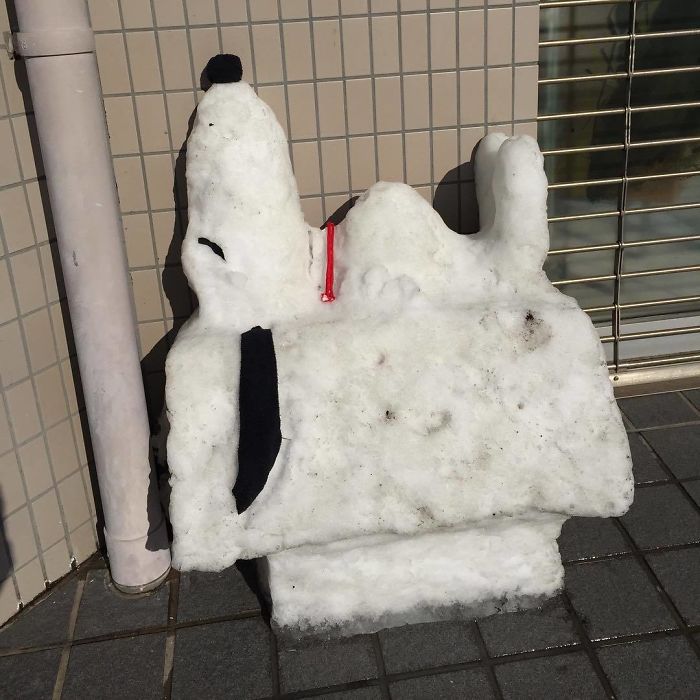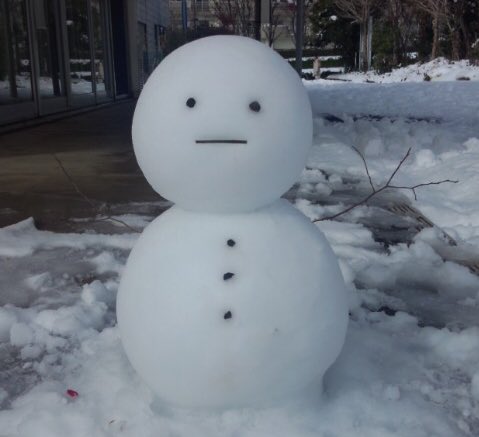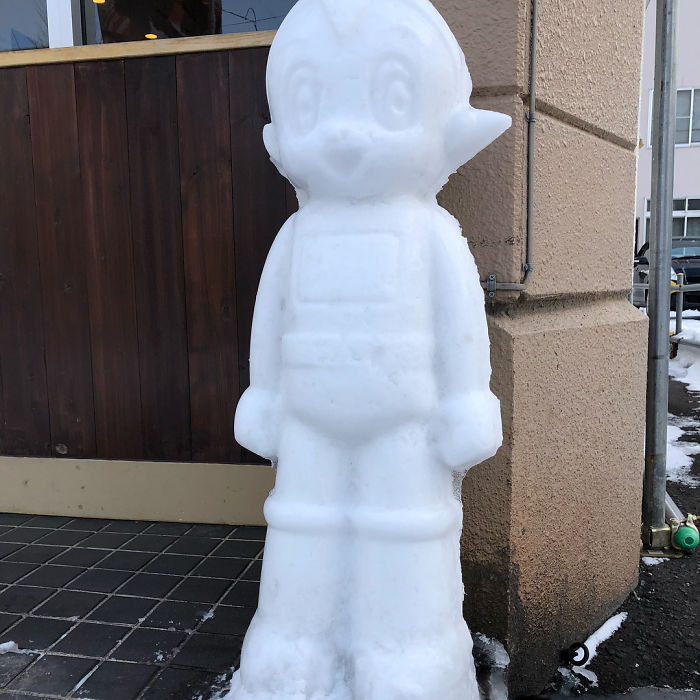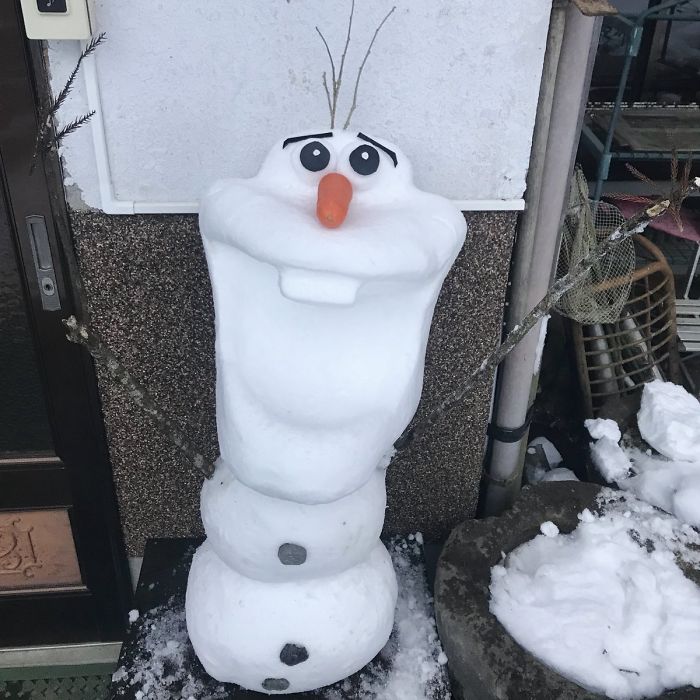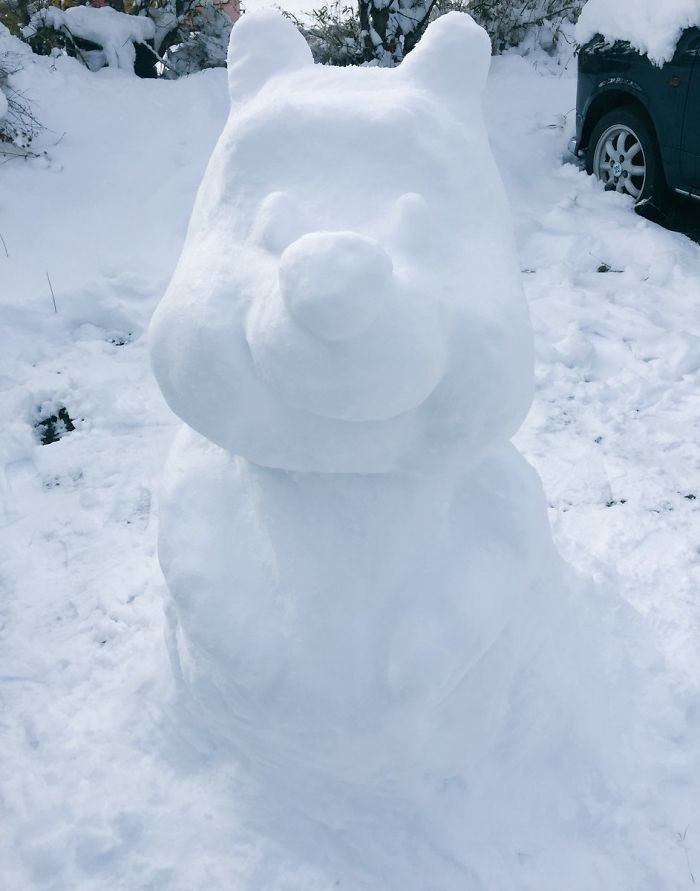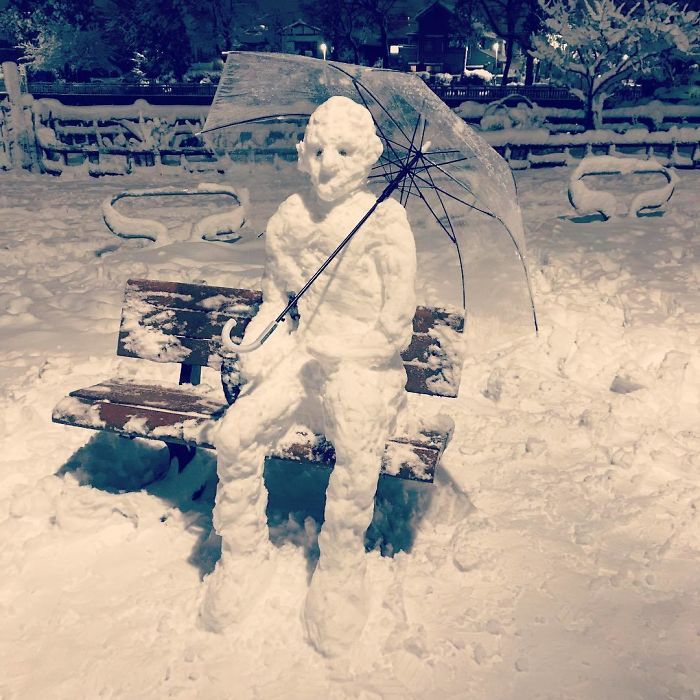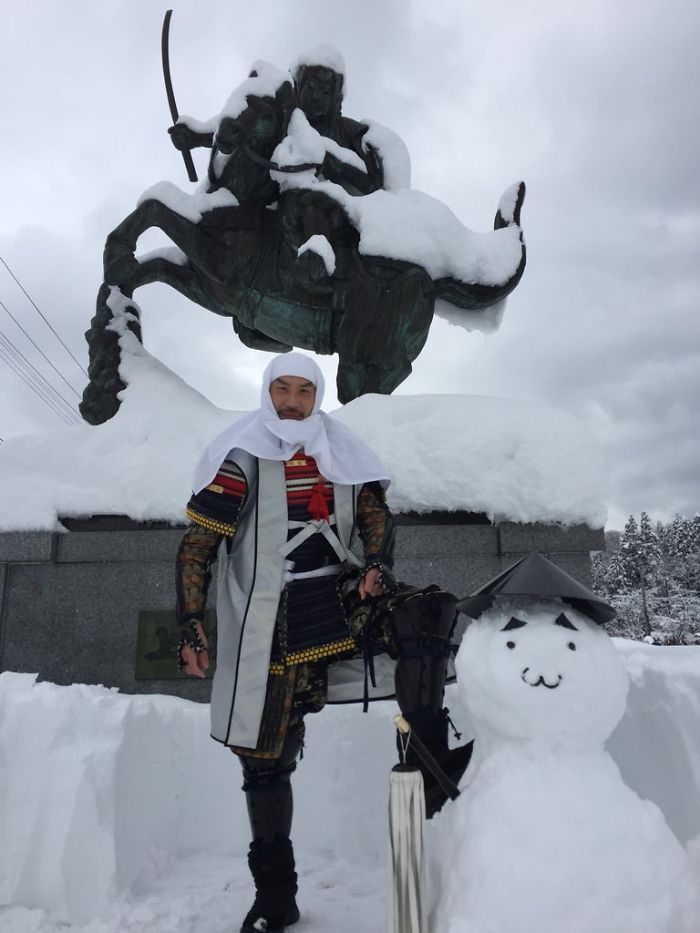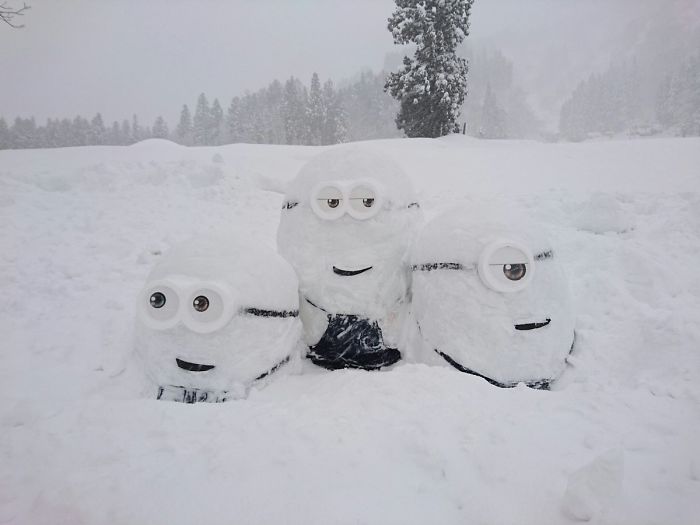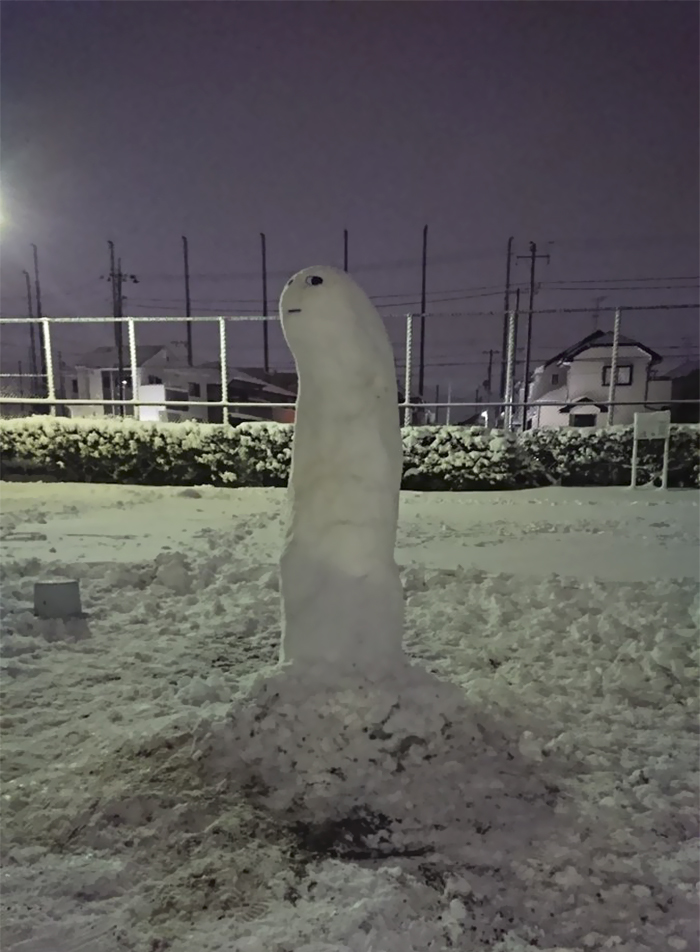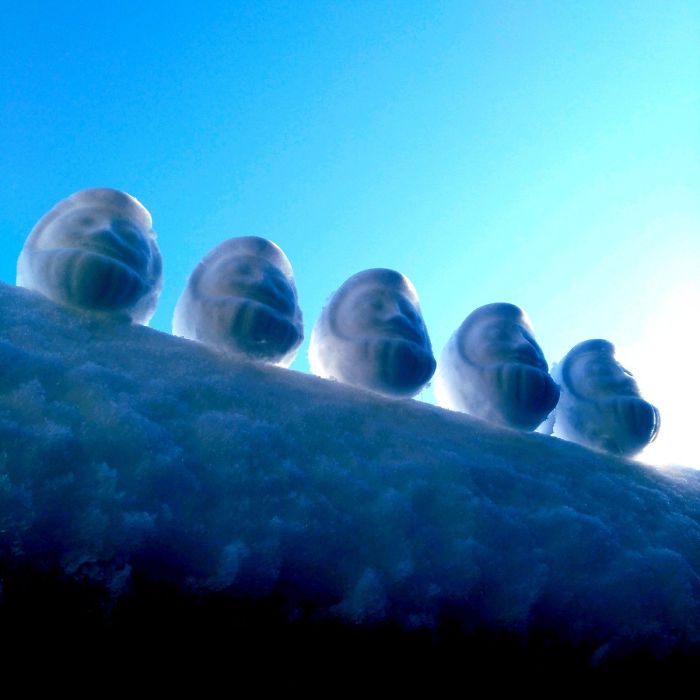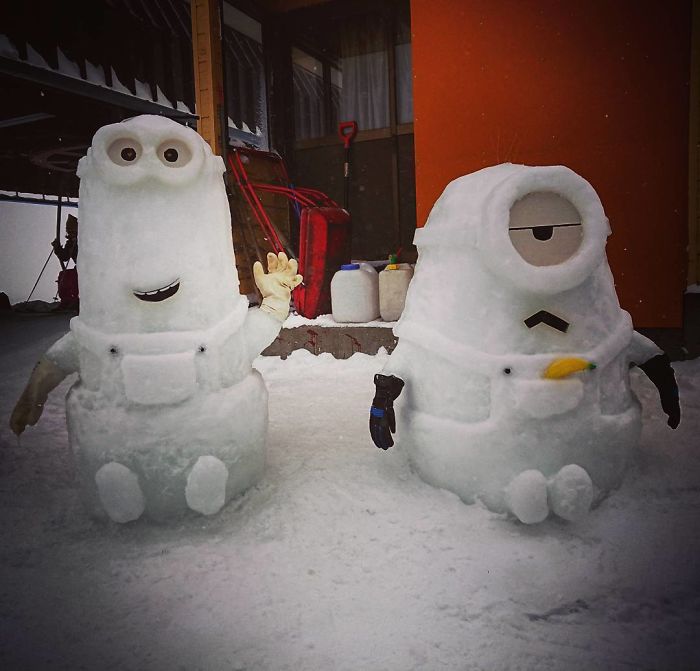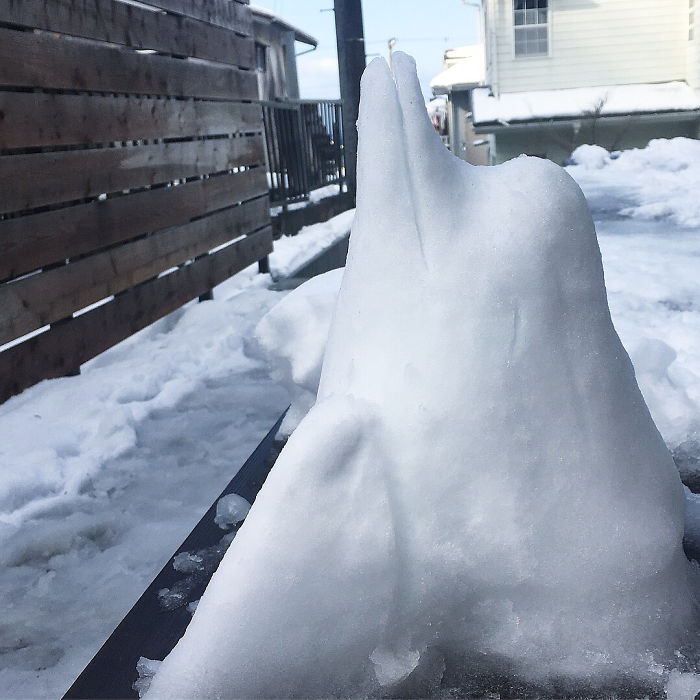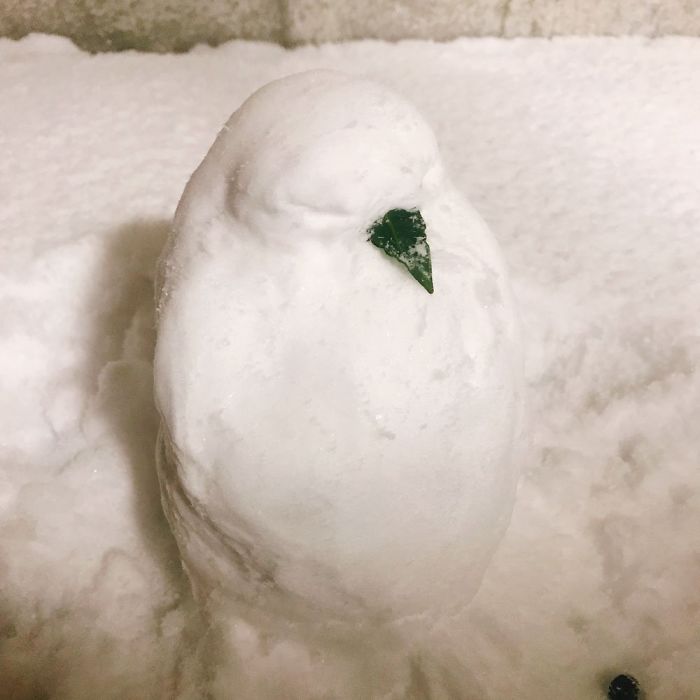Launch comes day after regime called US secretary of state impudent and questioned his ability in nuclear talks
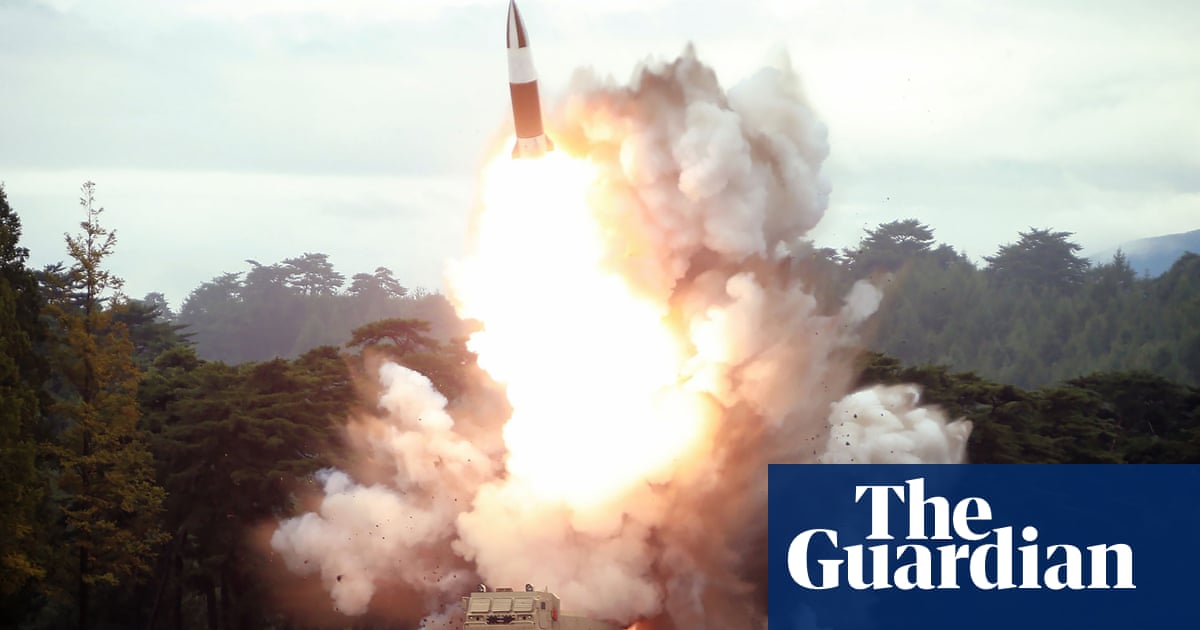
North Korea fired two suspected short-range ballistic missiles off its east coast on Saturday in the seventh weapons launch in a month, South Koreas military said, a day after it threatened to remain Americas biggest threat in protest against US-led sanctions on the country.
The North had been expected to halt weapons tests because 10-day joint US-South Korean military exercises ended earlier this week. Pyongyang regards these drills as an invasion rehearsal.
Saturdays launches were made from north-eastern South Hamgyong province, South Koreas Joint Chiefs of Staff said. They flew about 380km at the maximum altitude of 97km, the military said.
The Japanese government said the suspected missiles caused no damage and did not land in its territorial waters.
South Koreas National Security Council expressed strong concern about the launches and urged North Korea to stop acts that raise military tensions. Council members said South Korea will launch diplomatic efforts to make North Korea return to nuclear talks with the United States, according to the presidents office.
The launch comes after Pyongyang made a scathing attack on Friday on US secretary of state Mike Pompeo, calling him a diehard toxin following the US diplomats comment that the US would continue the toughest sanctions on the North until the reclusive state denuclearised.
Foreign minister Ri Yong Ho also called Pompeo a poisonous plant of American diplomacy and vowed to shutter the absurd dream that sanctions will force a change in Pyongyang.
Ris blistering rhetoric and the missile launches may dim the prospect for an early resumption of nuclear negotiations between the countries. The top US envoy on North Korea, Stephen Biegun, said Wednesday that Washington was ready to restart the talks.
North Koreas anger over the US-South Korean military drills had focused on South Korea, not the United States. Starting in late July, North Korea has tested a slew of weapons, mostly short-range missiles and rockets. Some of the weapons revealed developments of a new rocket artillery system and two different short-range mobile ballistic missiles that experts say would expand its ability to strike targets throughout South Korea.
Many analysts said the tests were aimed at applying more pressure on the United States ahead of a possible resumption of nuclear talks.
US-led diplomacy to rid North Korea of nuclear weapons collapsed after president Donald Trump rejected North Korean leader Kim Jong Uns demand for widespread sanctions relief in return for partial disarmament steps during their second summit in Vietnam in February. Trump and Kim met again at the Korean border in late June and agreed to resume the talks.
Saturdays launches came two days after South Korea said it would terminate a military intelligence-sharing deal with Japan amid bitter trade and history disputes between the US allies.
The decision drew criticism that it would end up weakening South Koreas defence and reconnaissance capability at a time when North Koreas nuclear threats remain intact. The United States, which wants stronger trilateral security cooperation with Seoul and Tokyo, expressed disappointment at the South Korean decision.
South Koreas military said it will share information on the latest North Korean launches with Japan at Tokyos request as the intelligence deal is valid until November.
We want to continue the cooperation among Japan, the U.S. and South Korea, Japanese defence minister Takeshi Iwaya told reporters. North Koreas repeated launches of projectiles and missiles show North Korea is working on developing such technology.
Read more: http://www.theguardian.com/us




